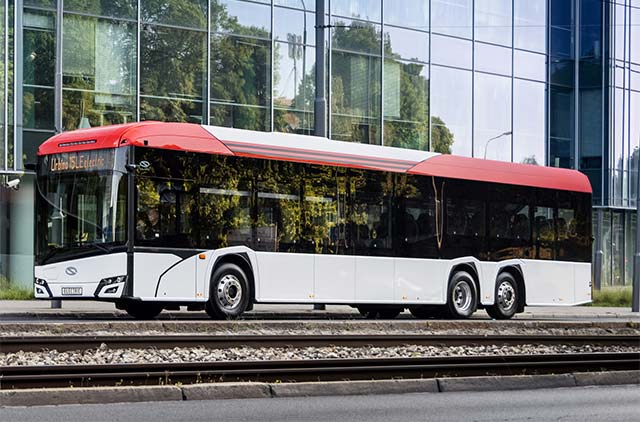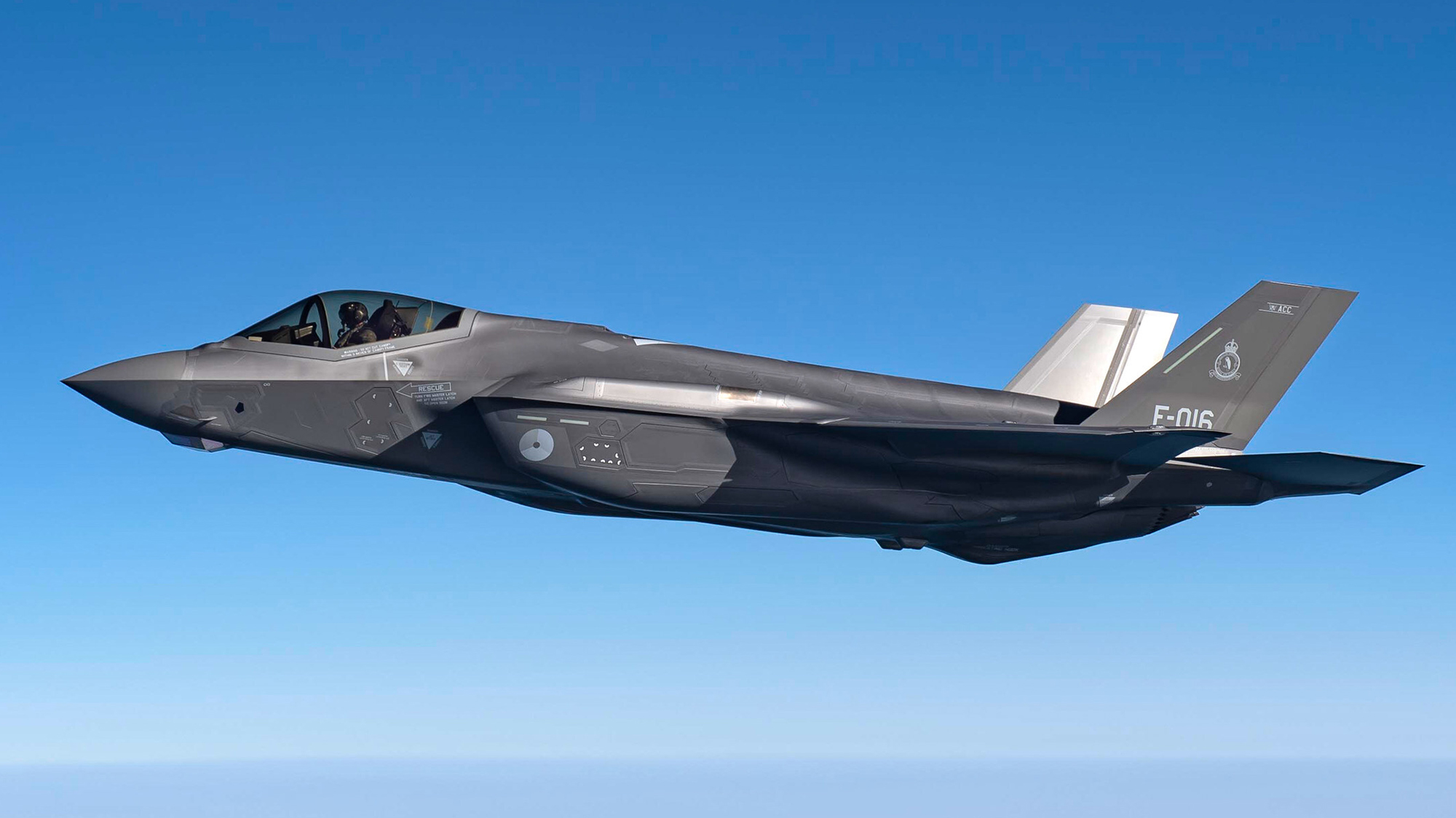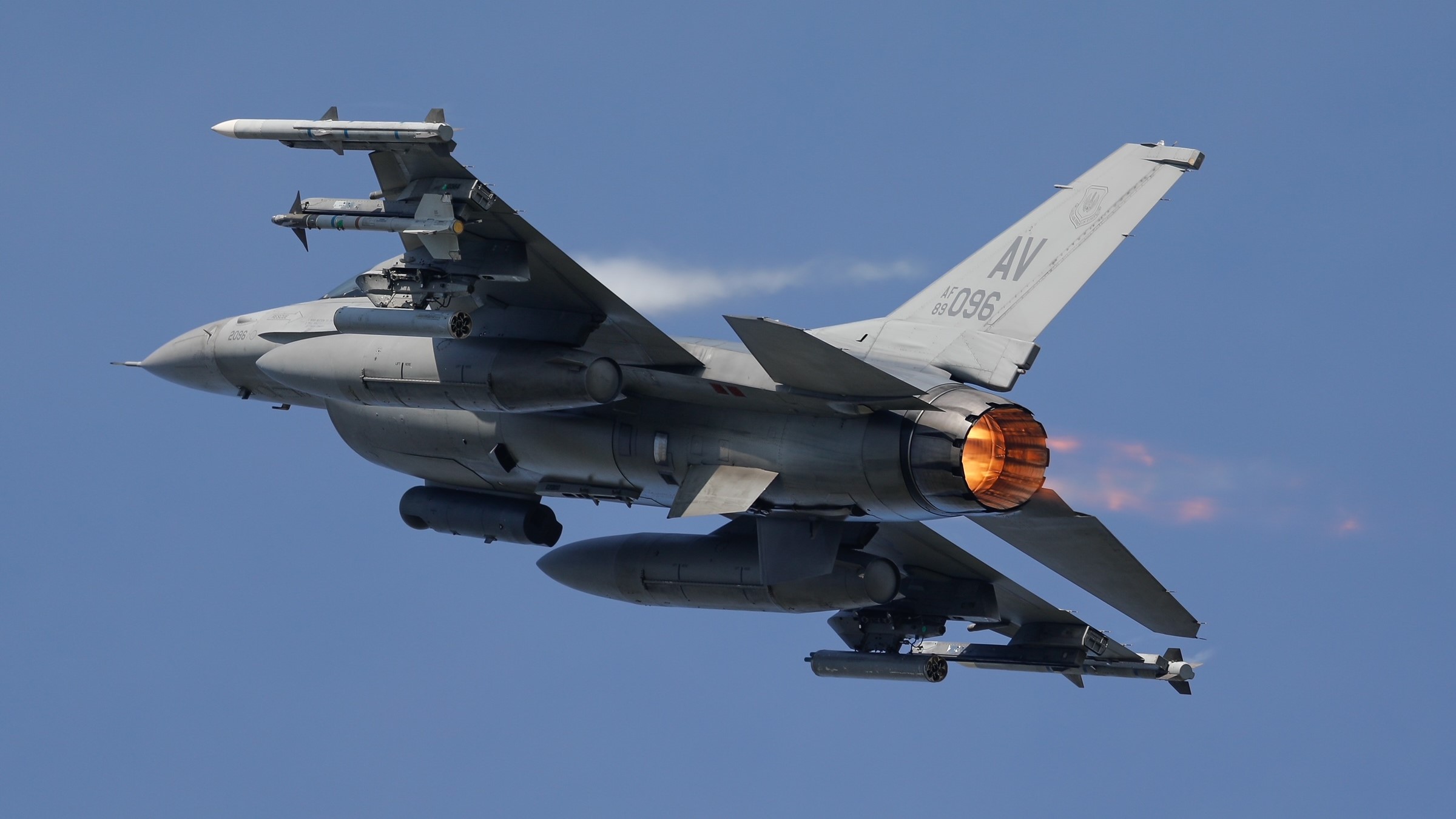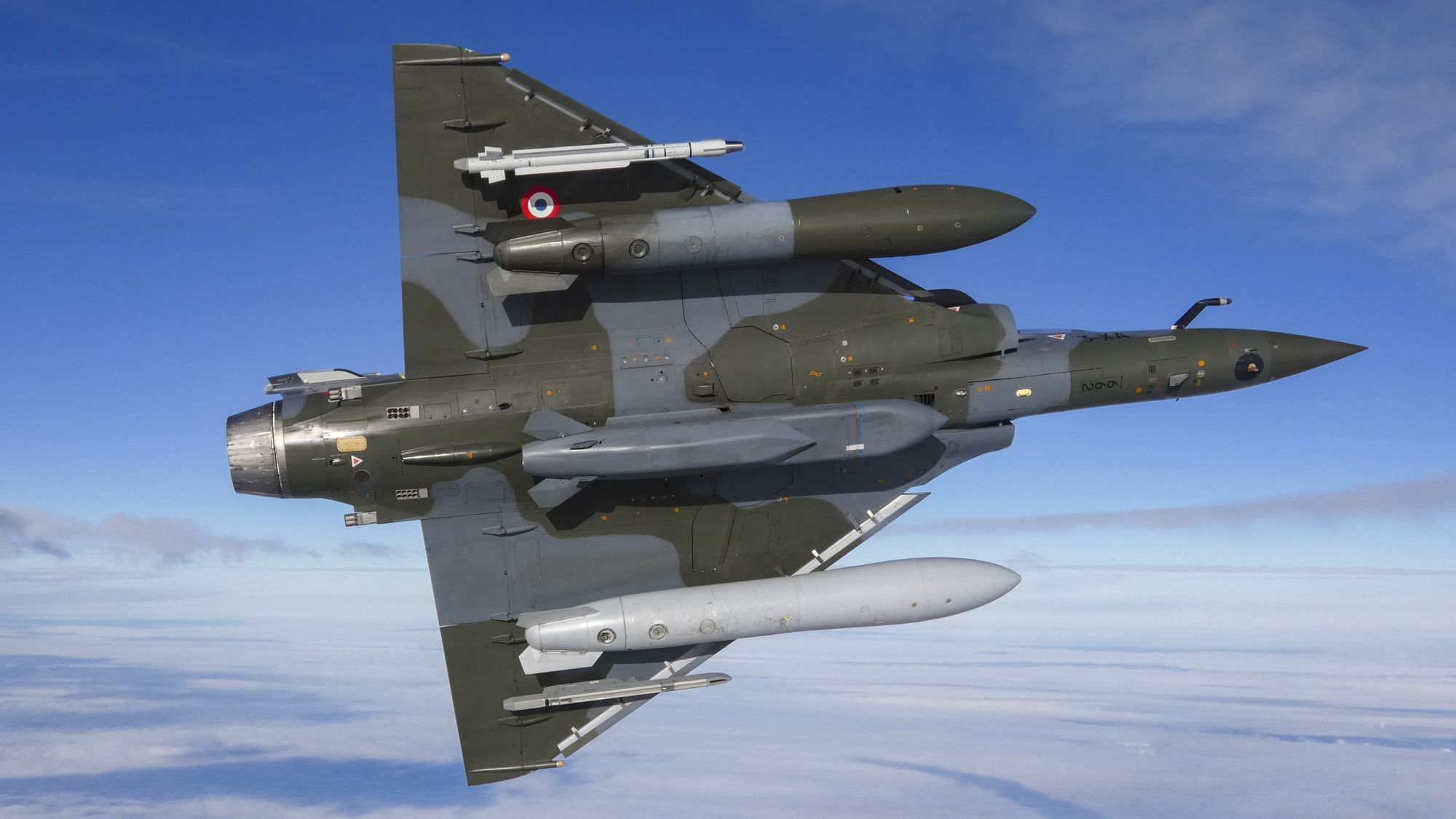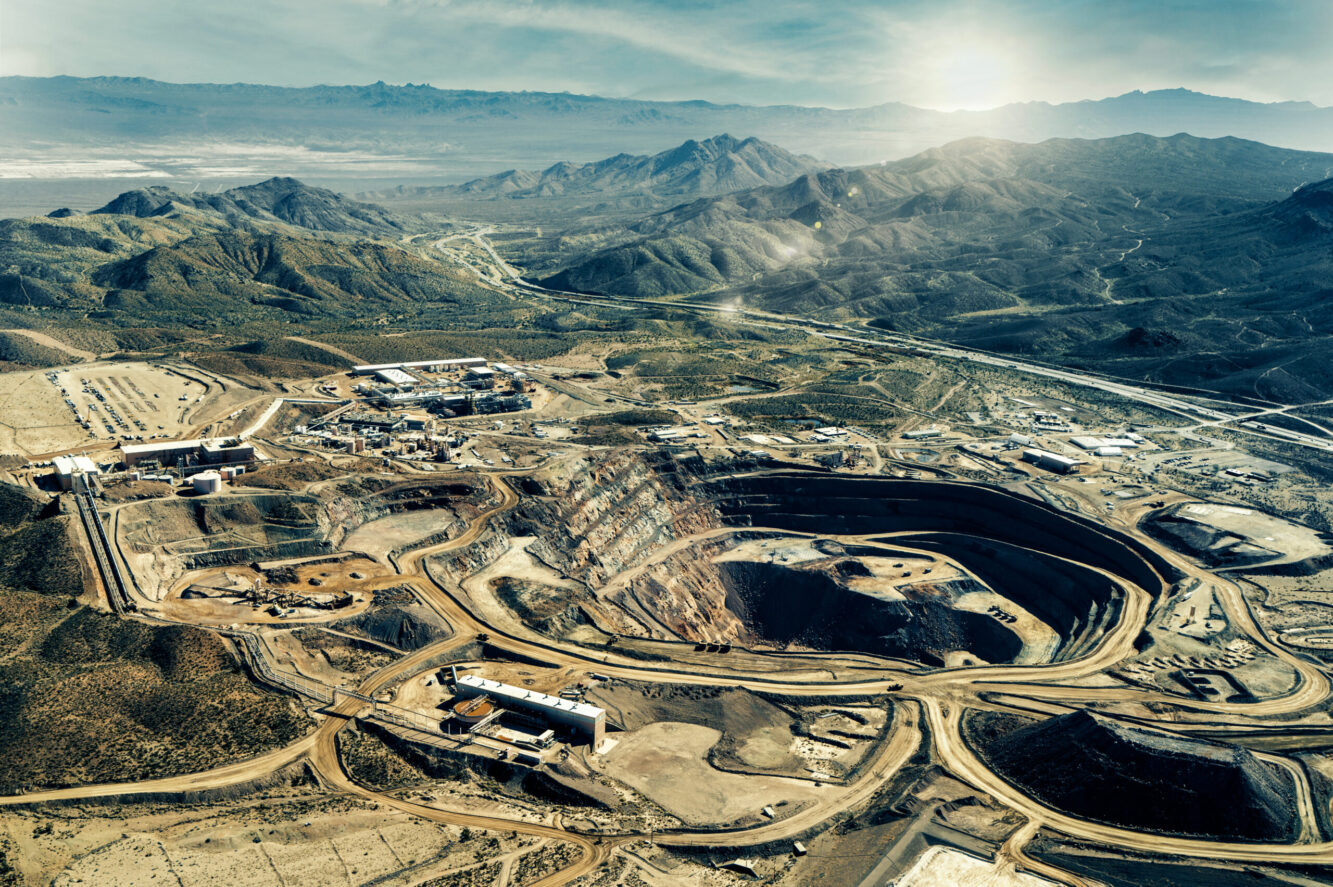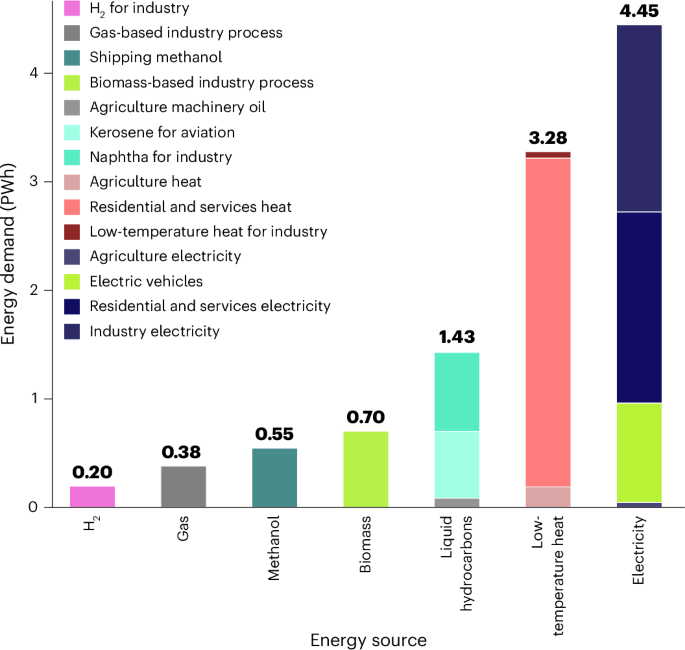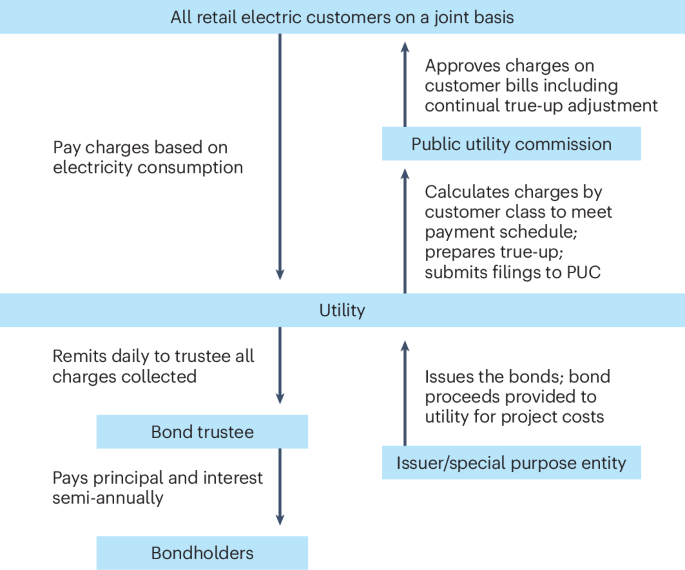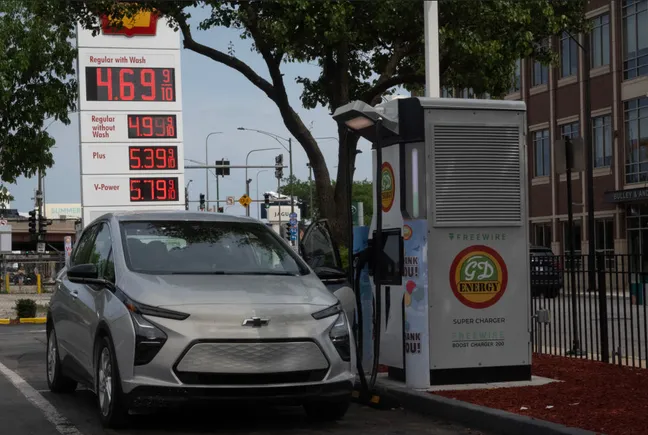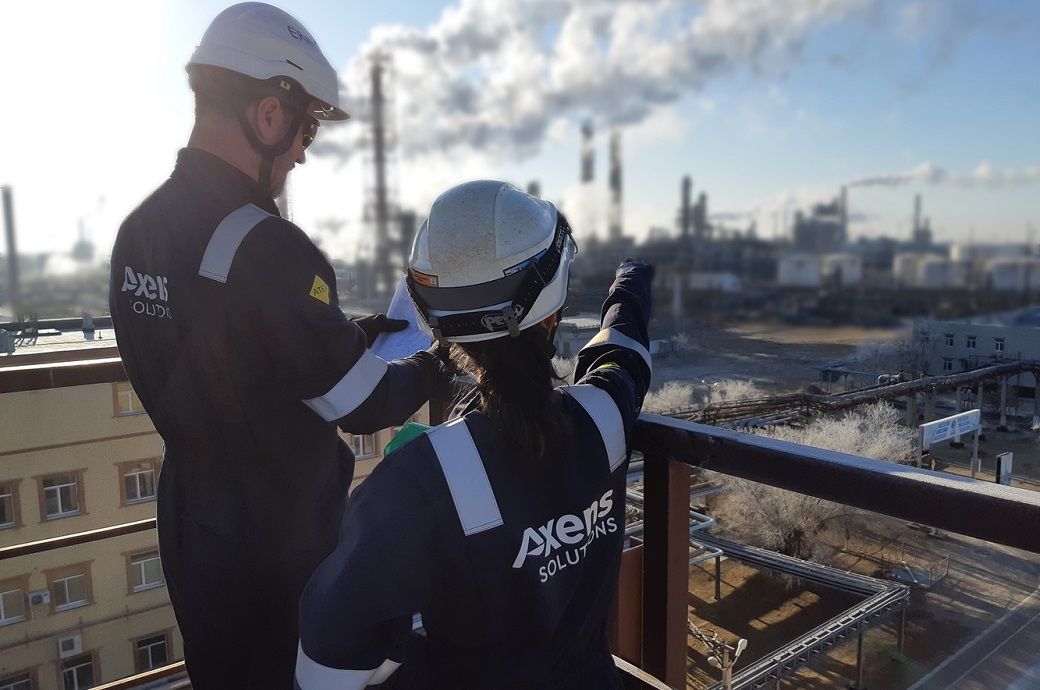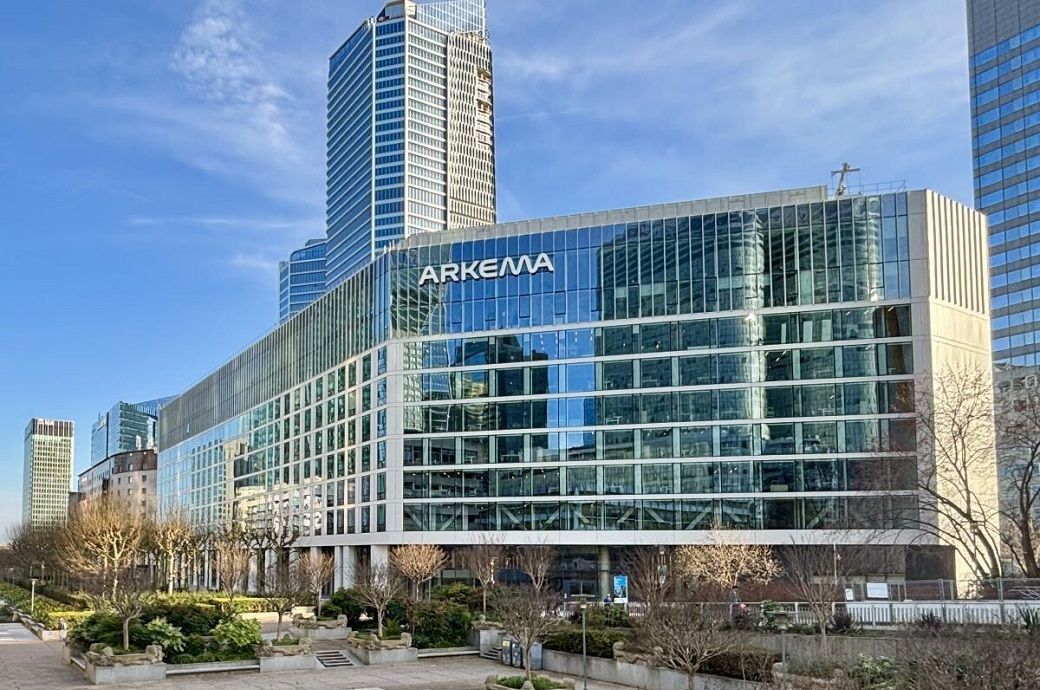Orbital power: Shaping national security from space
[Sponsored] Northrop Grumman is one of the only companies with expertise and capability to design, build and operate systems across an array of orbits.


Leveraging a variety of orbits — a practice known as orbital diversity — plays a key role in achieving architectural resiliency for no-fail missions like national security that encompass several space-based systems. (Northrop Grumman image)
Mission success in space requires making tough decisions. How, where, and when a mission will operate is the result of meticulous scrutiny. For example, a key decision is which orbit — which path in space to take around the Earth — to fly in, as each has distinct advantages and trade-offs.
Northrop Grumman is one of the only companies with the expertise and capability to design, build and operate systems across an array of orbits surrounding Earth. This is critical, as operating in multiple orbits enables resilient, adaptable space architectures. As a result, complex space missions, such as those supporting national security, incorporate satellites and space systems in multiple orbits to achieve their objectives.

Carlos Niederstrasser is senior space mission architect at Northrop Grumman.
Spacecraft can follow any elliptical trajectory because space is infinite, although the four commonly referenced categories are low earth orbit (LEO), medium earth orbit (MEO), geosynchronous orbit (GEO), and highly elliptical orbit (HEO), according to Carlos Niederstrasser, senior space mission architect at Northrop Grumman.
Leveraging a variety of orbits — a practice known as orbital diversity — plays a key role in achieving architectural resiliency for no-fail missions like national security that encompass several space-based systems. Operating diverse space systems across various orbits ensures that if, for whatever reason, one space asset in the architecture is unable to complete a given mission there are other options, in alternative orbits, to complete the mission.
“A resilient architecture is one that can provide services with no or minimal degradation in the face of the most challenging of situations imaginable,” said Niederstrasser.
Protecting the nation
As the threat environment evolves, achieving a resilient national security architecture is more important than ever before. When planning national security missions, it’s critical to consider each orbit’s unique characteristics to achieve a multi-layer architecture that balances each orbit’s advantages and trade-offs to deliver on the mission needs.
For example, consider LEO compared to GEO. Satellites in LEO move more quickly given their proximity to Earth — which can be an advantage — but they provide less continuous coverage than a satellite in GEO.
“A satellite is moving about 5 miles per second in LEO,” said Niederstrasser. “As Earth rotates below it, the satellite observes the whole planet. The closer range to the surface allows for higher quality observations and it also requires a smaller rocket to launch since less energy is needed to get to LEO.”
Satellites in GEO are farther away from Earth and move slower, at about two miles per second. This unique orbit allows satellites in GEO to circle Earth exactly once per day, compared to 15 times a day in LEO. As a result, satellites in GEO appear fixed in the same spot over the equator all the time, so the satellite has a continuous view of the portion of the Earth that is directly below it.
In contrast, due to its much higher speed, a satellite in LEO will be over any spot on Earth for, at most, just 10 minutes; thus, the mission will require a proliferated architecture consisting of many more satellites in LEO to achieve continuous coverage.
Striking the resiliency balance

Andy Lewin is senior director of strategy at Northrop Grumman.
There is no silver bullet when it comes to building resiliency in space, according to Andy Lewin, senior director of strategy at Northrop Grumman. However, creating redundancy across orbits and establishing a diverse architecture is critical.
“To achieve assurance and resiliency, we need different capabilities in various orbits,” said Lewin. “From a technical perspective, it becomes much harder for our adversaries to successfully destroy missions this way. It’s also cost prohibitive for adversaries to move from one orbit to another.”
Another piece of the resiliency puzzle is leveraging the variety of altitudes and inclinations — the angles of each orbit in relation to the Earth’s equator — to limit adversaries’ mobility. For example, a satellite with zero-degree inclination will fly directly over the equator, while a satellite with 90-degree inclination will travel over the whole Earth from pole to pole.
Technological innovation and orbital functions
Through technological advancements over the last decade or so — such as increased abilities to harden electronics from radiation and other harsh environments in space — new and emerging opportunities to strengthen architectural resiliency have come to the forefront.
“For instance, in MEO, satellites must fly through a region called the Van Allen belts, which have high levels of radiation,” Carlos said. “While the radiation levels haven’t changed over time, our ability to shield satellites has improved. As a result, we’re seeing more satellites taking advantage of flying in MEO where they are still close to Earth but aren’t moving as fast as they would in LEO.”
Niederstrasser said these innovative shifts, and how they’re being capitalized for the nation’s defense strategy, also provide essential services in the face of disaster.
“We’re trying to find the most advantageous mix,” Niederstrasser said. “For certain missions, there might be trade-offs of optimal outputs, such as the resolution of an image, but the result is lower overall cost and increased resiliency. These are the types of considerations made when we’re thinking about where, and which orbits, our satellites will operate in.”






























